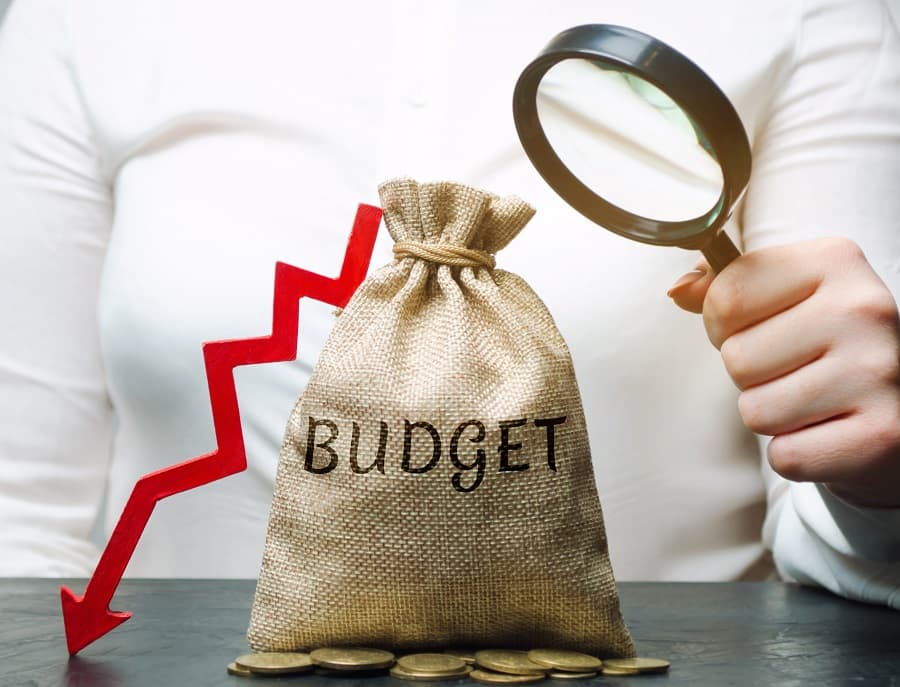After the Conservative Party have scrapped their 99% mortgage policy which was rumoured to be announced in the upcoming Spring Budget, analysis said the scheme would actually ‘cost first time buyers more’.
New data from estate agents Yopa suggests that ‘this political backtrack actually benefits homebuyers in the long-run’.
Initially, the public speculated that the government’s upcoming Spring Budget would include a 99% mortgage policy, apparently designed to enable more first-time buyers to get a foot on the housing ladder. The budget was expected to be ‘property and tax based’ according to industry experts.
At the end of last week, it was quietly announced that the policy was to be discarded before formal announcement in an unexpected U-turn.
Yopa has investigated the pros and cons of 99% mortgages, saying they ‘were a poorly conceived idea’ in the first place.
An increase in mortgage repayments for young first-time buyers would have been enforced and soaring house prices were anticipated after an announcement of this magnitude.
The cost of a 99% mortgages vs traditional mortgage
Mortgage data reveals that, at Britain’s current average first-time buyer house price of £237,655, first-time buyers who took advantage of a 99% mortgage would have required a mere £2,377 up front to cover the 1% deposit.
This is a low barrier to entry compared to the more traditional 85% mortgage which requires an average deposit of £35,648.
However, this incredibly low access threshold would have required the average first-time buyer to shoulder a colossal mortgage loan of £235,278.
At the average first-time buyer mortgage rate of 4.41%, the average monthly repayment on a 99% mortgage would have been £1,296.
Meanwhile, for a more traditional 85% mortgage, on which the total mortgage loan would come to £202,007, the average monthly repayment would be £1,113.
This means 99% mortgages would have cost buyers an additional £183.24 every month, equating to an additional £2,199 over the course of a year. Over five years, this comes to an additional cost of almost £11,000 (£10,994).
House price increases due to high demand
The introduction of 99% mortgages potentially could have resulted in a ‘rush of buyer activity on the UK’s housing market’, according to Yopa’s findings.
The prospective incline in demand would be set against a backdrop of the nation’s long-running housing shortage and Yopa suggest the result ‘would have seen significant house price increases not dissimilar to those witnessed in the wake of the COVID-19 stamp duty holiday’.
Subsequently, as a result of the pandemic tax break, average house prices in Britain have increased by £55,199 in just five years.
If the mortgage scheme had resulted in similar price hikes, the estate agents suggest alarming outcomes, as ‘rates would’ve become so artificially inflated that they were left with just one way to go: down. For anyone who made a purchase while prices were at their peak, negative equity would have become a very real and present threat, potentially destroying the capital investment of an entire generation of buyers’.
Yopa experts said on the back of the extensive data analysis:
“From the first moment it was suggested that the Conservatives would introduce a 99% mortgage scheme ahead of this year’s general election, it was widely understood to be a misguided policy that was simply designed to attract younger voters without considering the long-term complications.
“Had it come to fruition, the policy would’ve essentially trapped an entire generation of first-time buyers into expensive repayment plans that would have no doubt spurred an increase in the number of those forced to default.
“It’s also likely that the inevitable surge in demand caused by such an announcement would have only caused house prices to climb even higher, putting future buyers at a further disadvantage and increasing the risk of negative equity for many more should the market have buckled under the pressure.
“Our nation can now breathe a collective sigh of relief, safe in the knowledge that this ill-advised policy is unlikely to see the light of day.”
Professional body Propertymark have commented on last minute budget reforms with a less bleak outlook, stating that expanding the scheme would ‘open up the market and remove obstacles for first time buyers’.
Reducing Stamp Duty on buy-to-let property should also be looked at to help meet the huge demand for rented property and incentivise people to become landlords and rent out their property. By temporarily removing the 3% surcharge, it would ease tax burdens on landlords and prevent the issue from trickling down onto tenants in the form of surging rents.
By expanding the scheme into the second-hand housing market, Propertymark believes it would remove many obstacles for first-time buyers and stimulate growth throughout the housing market with onward chains.
Last time buyers should also not be overlooked and should also receive support via a reformed Stamp Duty Land Tax. For those aged 55 or over, Propertymark is calling on HM Treasury to remove Stamp Duty Land Tax on any purchases they make. Stamp Duty Land Tax rates such as a 5% rate on all properties between £250,001-£925,000, and a 10% rate on all properties beyond this price up to the price of £1.5 million, are seen as a hindrance to those who intend to downsize. Removing these Stamp Duty Land Tax rates would enable them to achieve their aspiration of rightsizing as they get older.




















